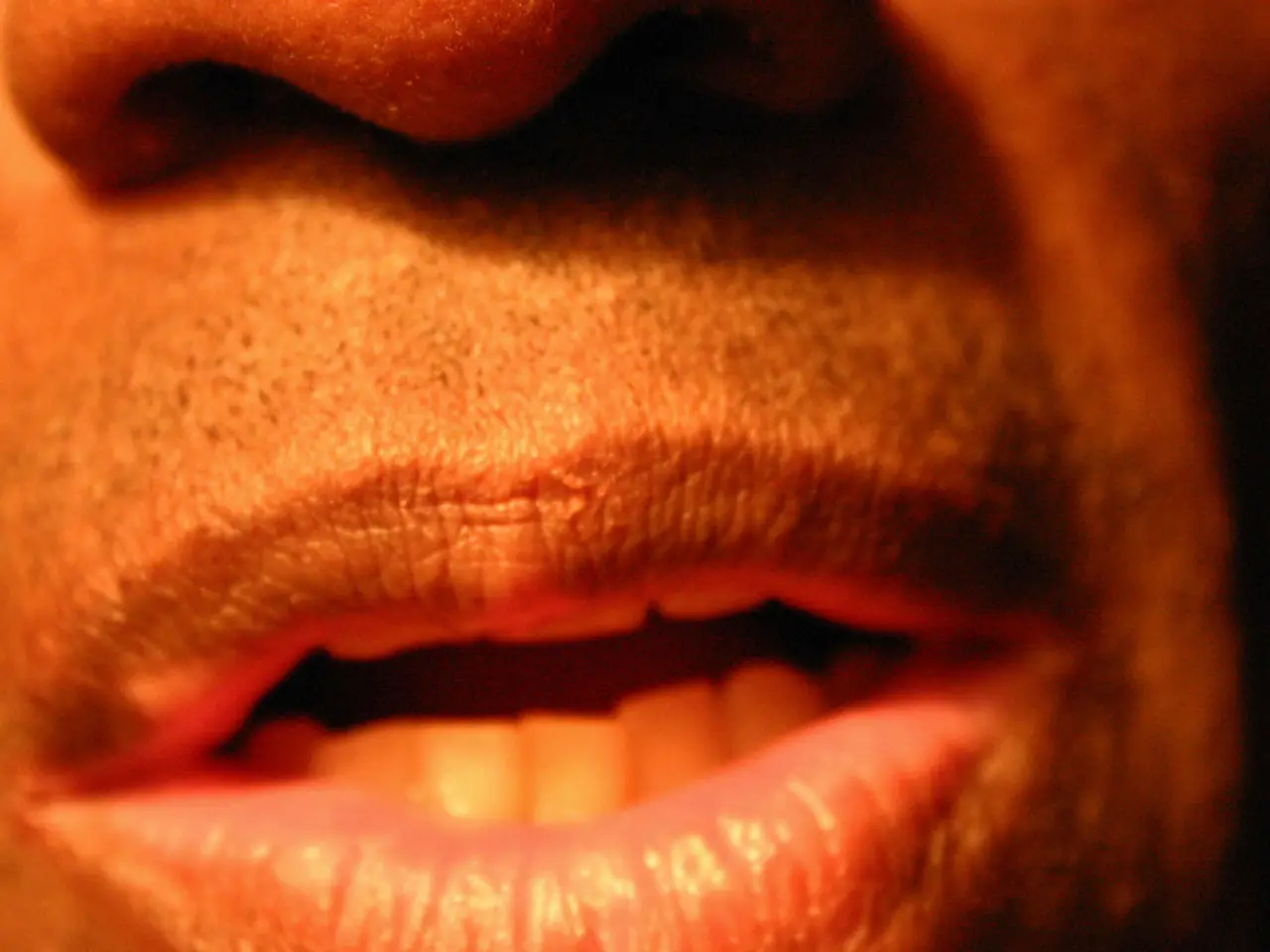Addressing Seasonal Depression: 4 Strategies to Alter Your Weather-Influenced Mood
Seasonal Affective Disorder (SAD) is a condition that typically occurs during the fall and winter months when daylight hours decrease. This condition can lead to low energy, mood swings, a general sense of sadness, and in some cases, seasonal depression, even in summer months.
In a study published in the Cochrane Database of Systematic Reviews in 2019, Forneris, Nussbaumer-Streit, Morgan, Greenblatt, Van Noord, Gaynes, Wipplinger, Lux, Winkler, and Gartlehner explored the effectiveness of psychological therapies for preventing SAD.
SAD symptoms differ slightly depending on whether it is winter-pattern SAD (characterized by oversleeping, increased appetite, and weight gain) or summer-pattern SAD (characterized by insomnia, reduced appetite, agitation, and anxiety). Early recognition, especially by noticing gradual changes beyond normal "winter blues," is important for timely treatment and improved outcomes. For seniors, who are vulnerable to SAD due to less sunlight exposure and health issues, symptoms may include feelings of sadness, fatigue, cognitive slowing, physical aches, and social withdrawal, requiring tailored approaches combining medical, psychological, and social interventions.
Effective management strategies include:
- Light therapy with a lightbox mimicking natural sunlight to reset circadian rhythms and improve serotonin and melatonin balance.
- Cognitive behavioral therapy (CBT) focusing on restructuring negative thoughts and behaviors related to mood and seasonal changes.
- Antidepressants prescribed by a healthcare provider may be helpful, particularly for moderate to severe cases.
- Regular physical exercise and outdoor exposure during daylight hours.
- Maintaining a balanced diet and healthy sleep hygiene.
- Seeking social support to counteract isolation.
In 2020, Briguglio et al. published a study suggesting that healthy eating, physical activity, and sleep hygiene (HEPAS) are crucial for maintaining physical and mental health in patients at risk for or with neuropsychiatric disorders. Exercise releases the feel-good brain chemical serotonin, which can help counteract the feelings of low energy and sadness associated with seasonal depression.
Maintaining a nutritious diet full of tryptophan-rich foods such as meat, tofu, and chia seeds can provide essential nutrients that support mental and emotional well-being. Sleep plays a crucial role in managing seasonal depression. Aim for 7-9 hours of sleep per night and establish a consistent sleep schedule.
If symptoms of seasonal depression are severe, persistent, or significantly impair daily life, it's crucial to seek help from a mental health professional. Cognitive behavioural therapy (CBT) is an effective treatment option for SAD during an acute episode. A study by Rohan, Mahon, Evans, Ho, Meyerhoff, Postolache, and Vacek conducted in the American Journal of Psychiatry in 2015 compared the efficacy of CBT versus light therapy for Seasonal Affective Disorder.
If you suspect SAD, consulting a healthcare professional is advised to confirm diagnosis and develop a personalized treatment plan. A review by Melrose published in Depression Research and Treatment in 2015 provides an overview of assessment and treatment approaches for Seasonal Affective Disorder. For more information, a study by Zauderer and Ganzer published in the journal Mental Health Practice in 2015 offers a comprehensive overview of SAD.
Social isolation is a common consequence of seasonal depression, but social support and engagement can reduce the impact of SAD on individuals. If you or someone you know is struggling with SAD, remember that help is available, and seeking it is a vital step towards managing the condition.
- Engaging in cognitive behavioral therapy (CBT), a science-based approach, can be beneficial for managing symptoms of seasonal affective disorder (SAD), particularly during acute episodes.
- Maintaining a balanced diet rich in tryptophan-containing foods like meat, tofu, and chia seeds can support mental and emotional well-being and may mitigate the mood support needs related to SAD.




